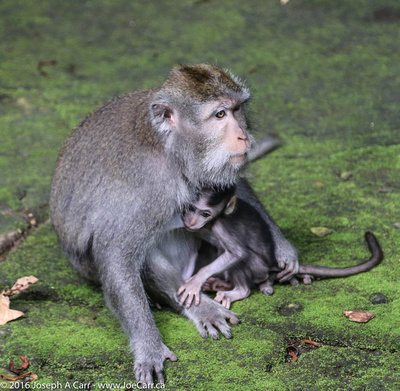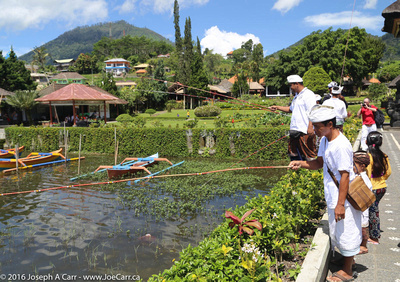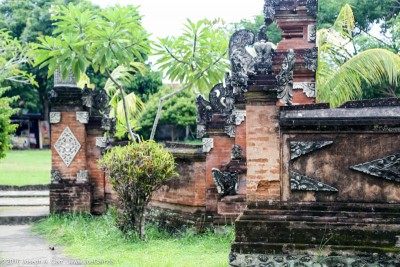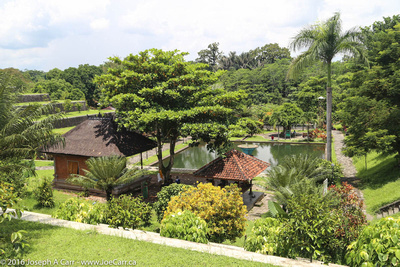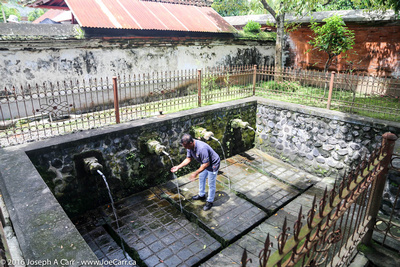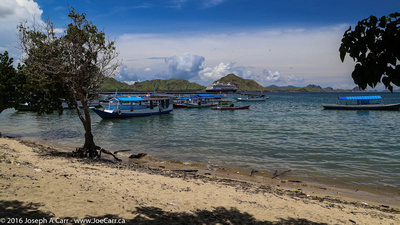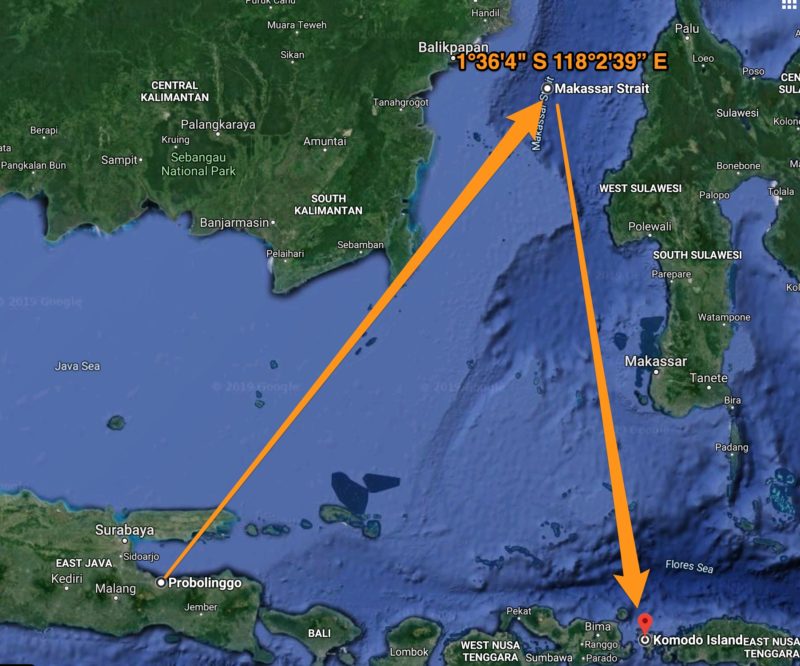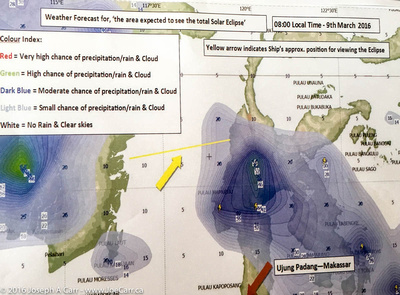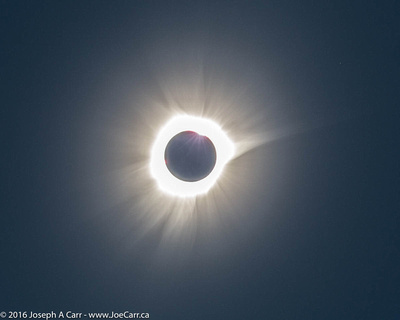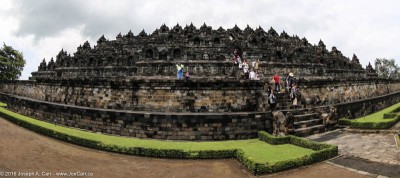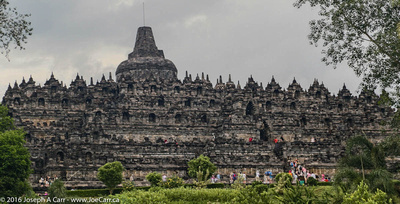2016 – SE Asia and Total Solar Eclipse cruise
It takes two full days for Volendam to sail across the Java Sea from the Island of Bali in Indonesia to Singapore, giving everyone aboard some days at sea.
Mar 14, 2016 – Monday – At sea heading to Singapore
Our morning out of Bali starts with a fire alarm at 7AM in the crew’s laundry area, which is quickly investigated and dealt with. The Captain addresses the ship over the PA system to keep us informed. I do a load of laundry this morning since I need some fresh clothes, and manage to beat the crowd. I end up washing everything that is dirty in order to fill the load, and I’m all done with the self-serve laundry in less than an hour. I decide to have breakfast in the dining room, but there is a huge line and the dining room is close to capacity. Crowd mentality on a sea day takes over!
Same goes later on for the Explorations Cafe, where crowds gather to order specialty coffees all morning as I sit in the library area working on my journal. I love sea days where I can drink cappuccino and work on my MacBook Pro annotating photos and journalling. This is all preparatory work for my JoeTourist travelogues, which you are now reading.
Mar 15, 2016 – Tuesday – At sea heading to Singapore
The King Neptune Ceremony is held on the stern deck at the Sea View Pool today. There are some seriously cute shirtless young crewmen, including a stunning Merman as part of King Neptune’s court, and two male dancers from the ship’s troupe. The officers and crew have fun with the ceremony, and the passengers enjoy the spectacle of the mock court trials, kissing the fish, sliming, and dunking of the polliwogs. I later receive my third Crossing the Equator Certificate as a member of the Royal and Ancient Order of Shellbacks, signed by Captain James Russell-Danforth and Hotel Director Jason Hale.
Mar 16, 2016 – Wednesday – at the dock in Singapore
Today is weird. I’m ready to return home, but my flights don’t leave until tomorrow. I meet friends for brunch at a downtown hotel, who are using the MRT passes, so they pick me up just inside the cruise ship terminal at the nearby VivoCity Mall’s HarbourFront station. We navigate downtown on the MRT, and afterwards, I find my way back to the cruise ship terminal without a problem, and get busy packing. After a month, it takes some effort to get everything back into my big checked bag!
I was going to join some fellow passengers for an early dinner of Chilli Crab in a local restaurant ashore, but I end up having dinner in the dining room on board the ship one last time. I have prime rib and pavlova for dessert. I’m going to have a shock when I return home and have to prepare all my meals again! After finishing my packing, I go to bed around 9PM, and sleep soundly until my alarm wakes me six hours later at 3AM to catch a shuttle to Changi Airport.















